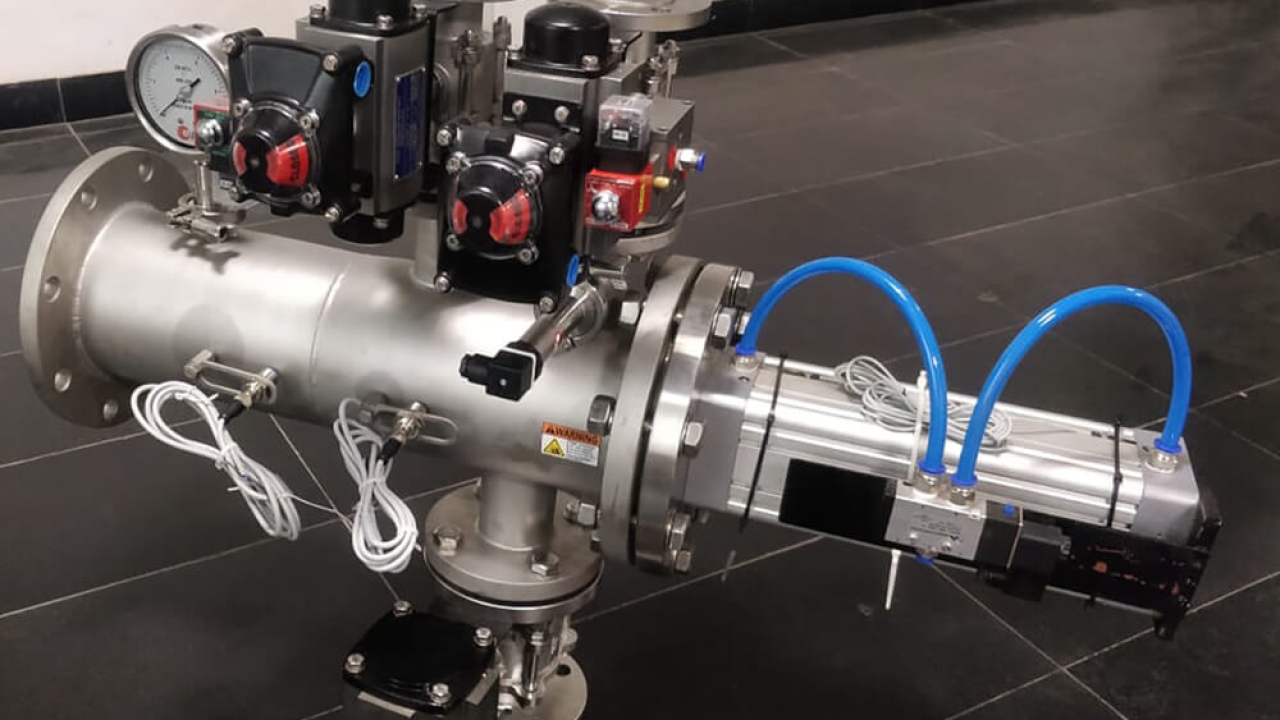Exploring the Key Features of Pigging System for the Paint Industry
Posted on 27 August, 2023 by IUS Pigging Systems

In the paint industry, efficiency and productivity are of paramount importance. One essential tool that has gained significant attention is the pigging system. A pigging system is designed to ensure optimal utilization of paint materials, minimize product waste, and enhance the cleaning process in paint manufacturing and distribution. In this blog post, we will delve into the key features of the pigging system and understand its benefits for the paint industry.
1. Product Recovery: One of the primary features of a pigging system is its ability to recover residual paint in pipelines effectively. Traditional flushing methods are often time-consuming and inefficient, leading to product wastage and downtime. Pigging systems use specially designed "pigs" (cylindrical devices) that travel through the pipes, scraping residual paint and pushing it towards the collection point. As a result, paint manufacturers can recover more product, reducing costs and enhancing overall productivity.
2. Cleaning and Cross-Contamination Prevention: Paint production involves frequent color changes, which necessitates proper cleaning and prevention of cross-contamination. Pigging systems excel at both. The pigs are not only effective in recovering paint but also provide efficient cleaning by removing any remaining product from the pipelines. By reducing the mixing of different paint colors during production or between production runs, pigging prevents costly quality issues and ensures product integrity.
3. Rapid and Efficient Material Transfer: Paint manufacturers often need to transfer large quantities of materials between processing and storage vessels. Pigging systems in Paint Industry facilitate quick and efficient material transfer by using pressure differentials to propel the pigs through the pipes, pushing the paint ahead and ensuring a seamless transfer. This feature significantly reduces the transfer time, maximizing production output.
4. Enhanced Sustainability: The paint industry, like many others, is focusing more on sustainable practices. Pigging systems align with sustainability goals by reducing waste and promoting resource efficiency. By recovering larger amounts of paint and minimizing the use of cleaning solvents, pigging systems contribute to a decreased environmental impact and support the industry's efforts towards sustainable manufacturing.
5. Versatile System Design: Pigging systems are versatile, adaptable to different paint industry applications. Regardless of the scale or complexity of the paint production process, pigging systems can be customized and integrated into existing infrastructure with relative ease. This adaptability allows paint manufacturers to optimize their operations without major disruption or significant investments.
Conclusion: The pigging system has become an indispensable asset in the paint industry, offering various features that enhance productivity, reduce waste, and support sustainable manufacturing practices. From effective product recovery and cleaning to preventing cross-contamination, the pigging system contributes significantly to improved efficiency and profitability. By implementing such a system, paint manufacturers can stay ahead of the competition and align with the industry's evolving requirements.
http://www.ayushremedies.com
26 December, 2016